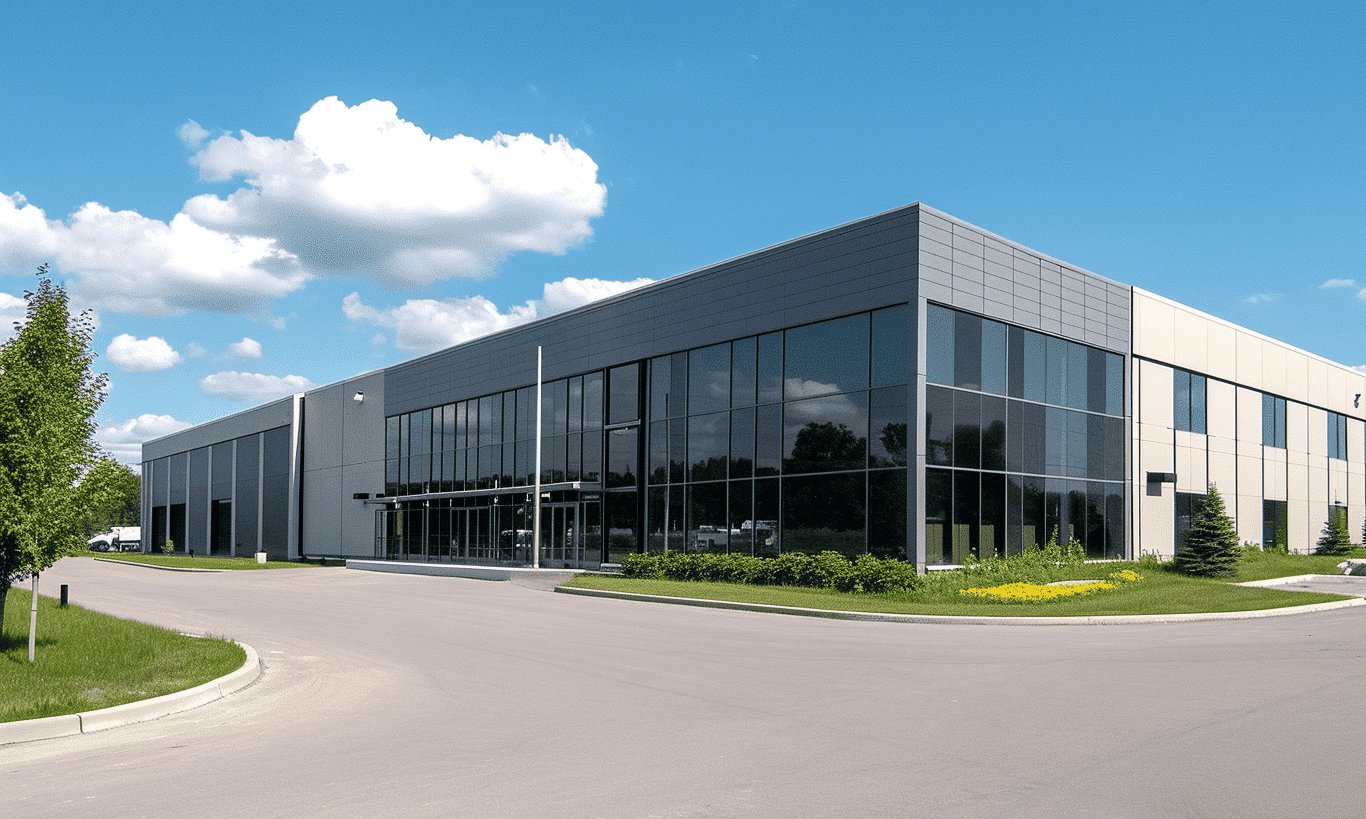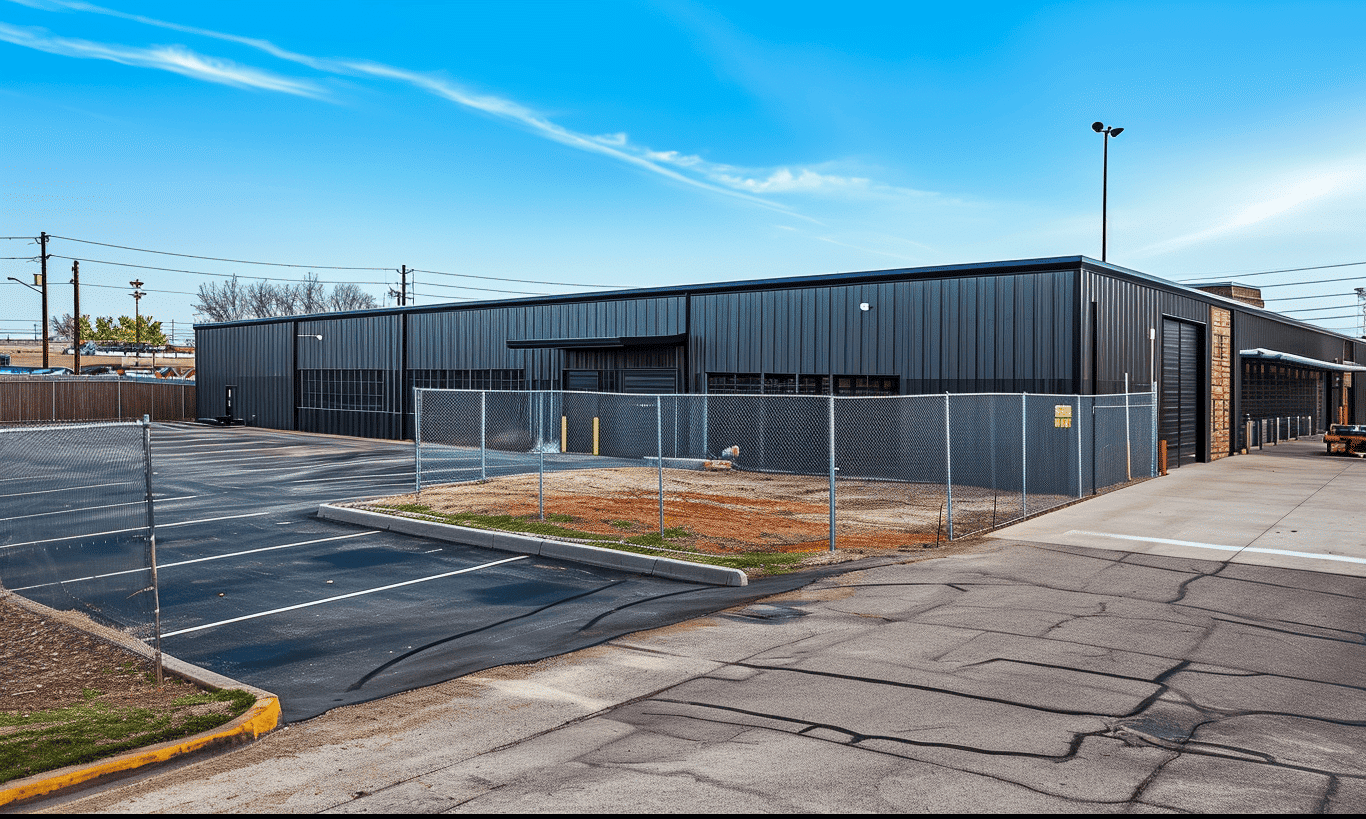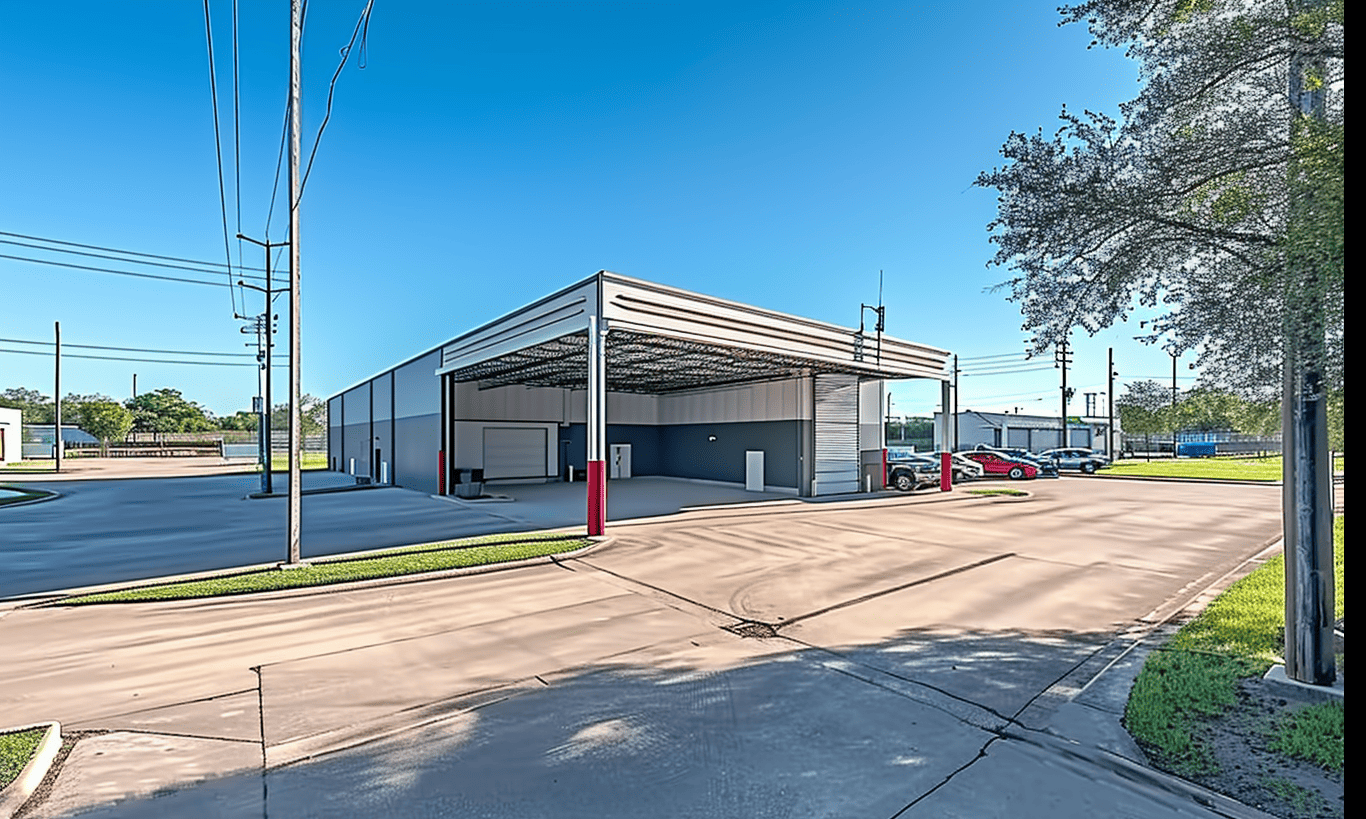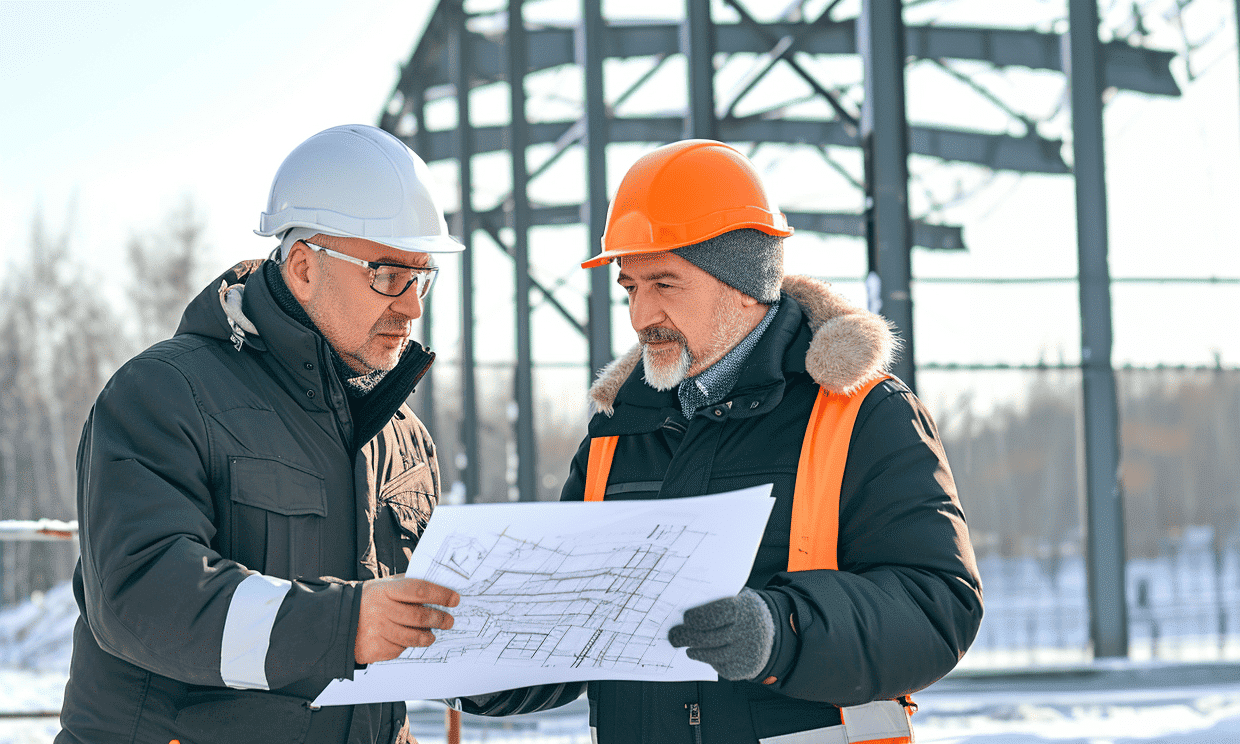Navigating the intricate landscape of construction can often feel like an epic quest. At every turn, there’s something new to learn, a challenge to overcome, or in this case, a set of guidelines to follow. The Occupational Safety and Health Administration (OSHA) regulations are, in essence, the glowing compass that guides construction companies towards safety and compliance. This essential guide aims to illuminate these vital OSHA regulations for construction, ensuring that safety is never left to chance and productivity remains unimpeded.
Understanding OSHA Regulations for Construction
Why are OSHA regulations pivotal for construction? The answer is simple yet profound: safety. The construction industry is rife with potential hazards, from towering scaffolds to sophisticated machinery. OSHA ensures that these hazards are managed responsibly. The regulations are designed to foster a safe working environment, protecting workers’ health and well-being. But what exact aspects do these regulations cover?
Fundamentals of OSHA Compliance
At its core, OSHA compliance in construction involves understanding and adhering to a myriad of safety standards. These standards encompass various facets such as training, hazard communication, and site-specific safety plans. Compliance aims to prevent workplace injuries, illnesses, and fatalities, thereby preserving not just human life but also the integrity of construction projects.
Training and Education
Education is an indispensable pillar of OSHA compliance. Construction workers are required to receive comprehensive training to recognize and avoid unsafe conditions. This training spans a multitude of topics, including Canadian Centre for Occupational Health and Safety – OSHA Regulations Guide, hazard recognition, and emergency response protocols. Instilling this knowledge equips workers with the skills to maintain a safe and productive work environment.
Hazard Communication
Another cornerstone of OSHA regulations is hazard communication in construction. Employers are mandated to develop a hazard communication plan, which involves labeling hazardous substances clearly, providing safety data sheets, and ensuring employees understand the risks associated with their work. This transparent communication acts as the backbone of a secure workplace, enabling immediate identification and management of potential hazards.
Core Elements of OSHA Construction Safety
Delving deeper into OSHA regulations reveals specific areas crucial to maintaining safety within the construction sector. Among these are electrical safety, fall protection, and personal protective equipment (PPE).
Electrical Safety in Construction
Electrical safety might seem like a dry topic until you consider the life-altering ramifications of ignoring it. Understanding electrical safety in construction involves grasping the dangers of electrical currents and recognizing the proper procedures for working with electrical components. This knowledge is essential for preventing accidents and safeguarding both life and property on-site.

Fall Protection
Falls are one of the leading causes of workplace injuries in construction, making fall protection a critical OSHA regulation. This aspect includes ensuring that proper guardrails are in place, securing ladders, and utilizing harnesses. Effective fall protection is all about strategy—anticipating the possible points of descent and developing procedures to prevent them.
Personal Protective Equipment (PPE)
The last line of defense against workplace hazards is PPE. OSHA mandates that appropriate PPE, such as helmets, goggles, and gloves, be provided to employees. These crucial protective layers act as barriers against potential injuries, ensuring workers remain unharmed amidst unforeseen incidents on-site.
Benefits of Complying with OSHA Regulations
Adhering to OSHA regulations offers numerous benefits that extend beyond merely avoiding fines or penalties. Primarily, it fosters a culture of safety, wherein employees feel valued and protected. This culture can enhance morale, increase productivity, and reduce absenteeism due to work-related injuries.
Creating a Culture of Safety
When safety becomes second nature to a construction team, the ripple effect is powerful. Workers who feel safe are more likely to engage with their tasks wholeheartedly, knowing that their well-being is prioritized. This culture of safety transforms the worksite into a zone of proactive problem-solving and innovation.

Boosting Productivity
A direct consequence of a safe working environment is improved productivity. When workers aren’t worried about potential hazards, they’re free to focus entirely on the quality of their work, thereby increasing efficiency and output. Compliance ensures that construction timelines are met without compromising the safety or health of the workforce.
Utilizing Resources for Safety Compliance
With the breadth of OSHA regulations, knowing where to turn for guidance is indispensable. Numerous Resources are available to assist construction companies in achieving compliance. These resources provide frameworks for safety audits, hazard assessments, and employee training programs.

Partnering with Your Building Team
For those embarking on large construction projects, collaboration with experts such as Your Building Team can be a game-changer. Such partnerships ensure that all aspects of OSHA regulations are expertly addressed, leaving nothing to chance. With their guidance, navigating the complexities of construction compliance becomes significantly easier.
Conclusion: Building a Safer Future
OSHA regulations for construction are not just a bureaucratic necessity; they are foundational to creating a safer, more efficient work environment. By embedding these regulations into the very DNA of a construction project, companies can engineer a future where safety isn’t just a priority—it’s a guarantee. Compliance doesn’t just protect workers; it also enhances productivity, elevates workplace morale, and ultimately, secures the longevity of construction endeavors. Whether you’re an industry veteran or a burgeoning builder, understanding and implementing these regulations is the key to building with confidence.
Understanding OSHA regulations can seem daunting at first, but armed with the right knowledge and resources, it’s an achievable goal. Remember, safety in construction isn’t a destination; it’s a journey—one that continually evolves with each new project and innovation.










